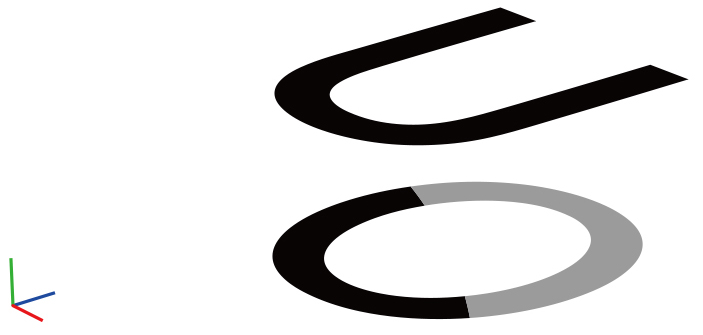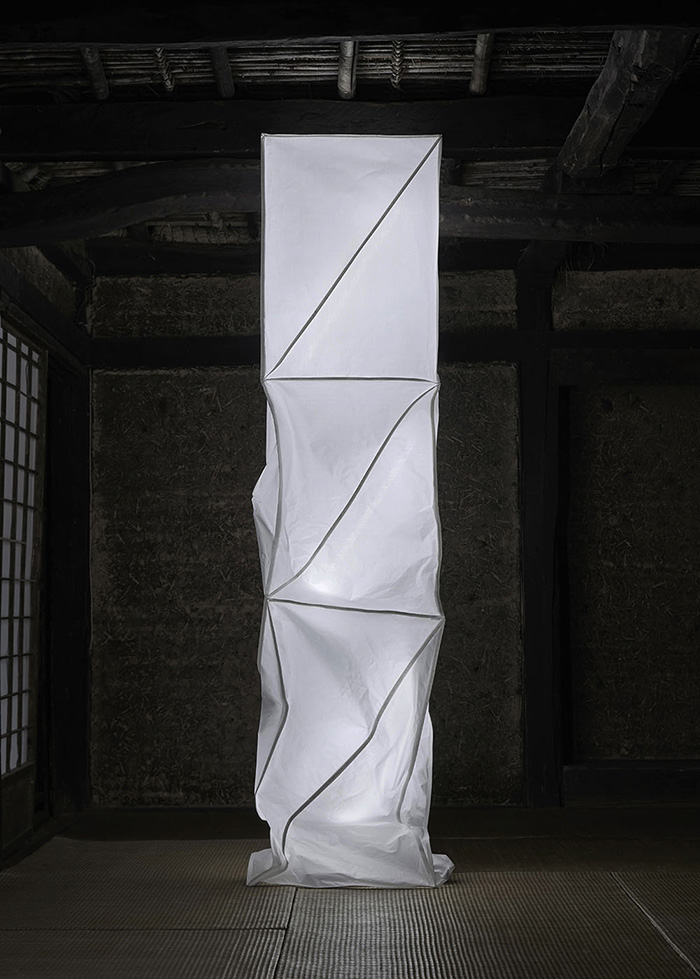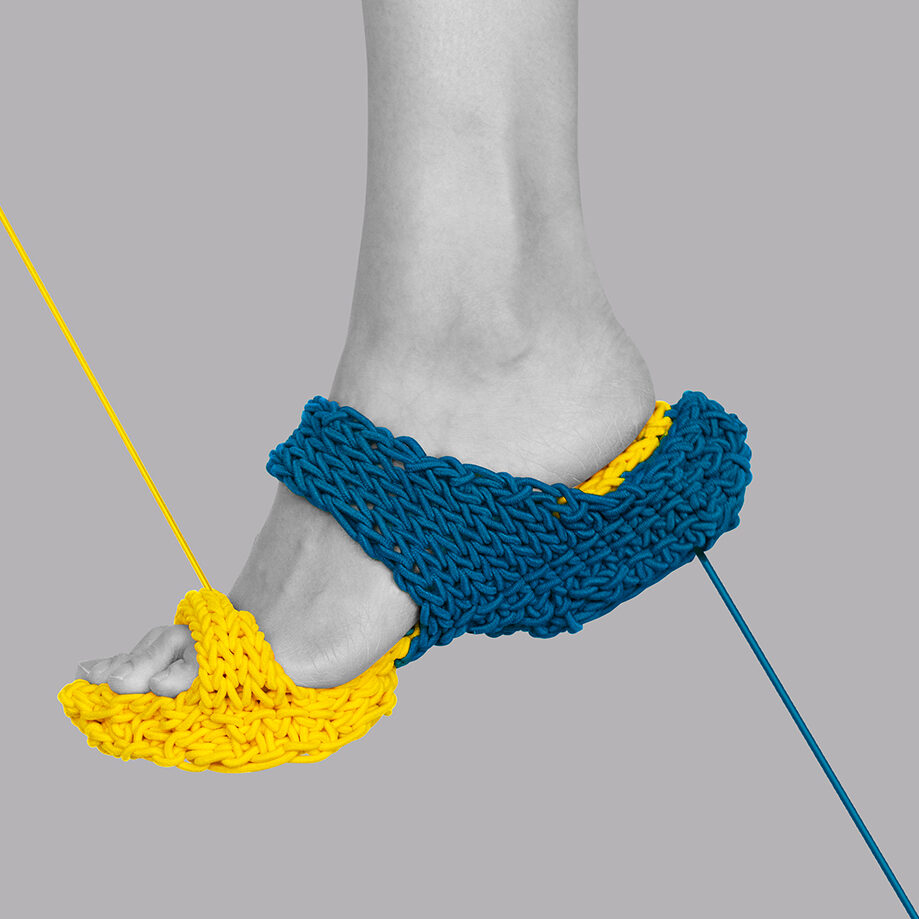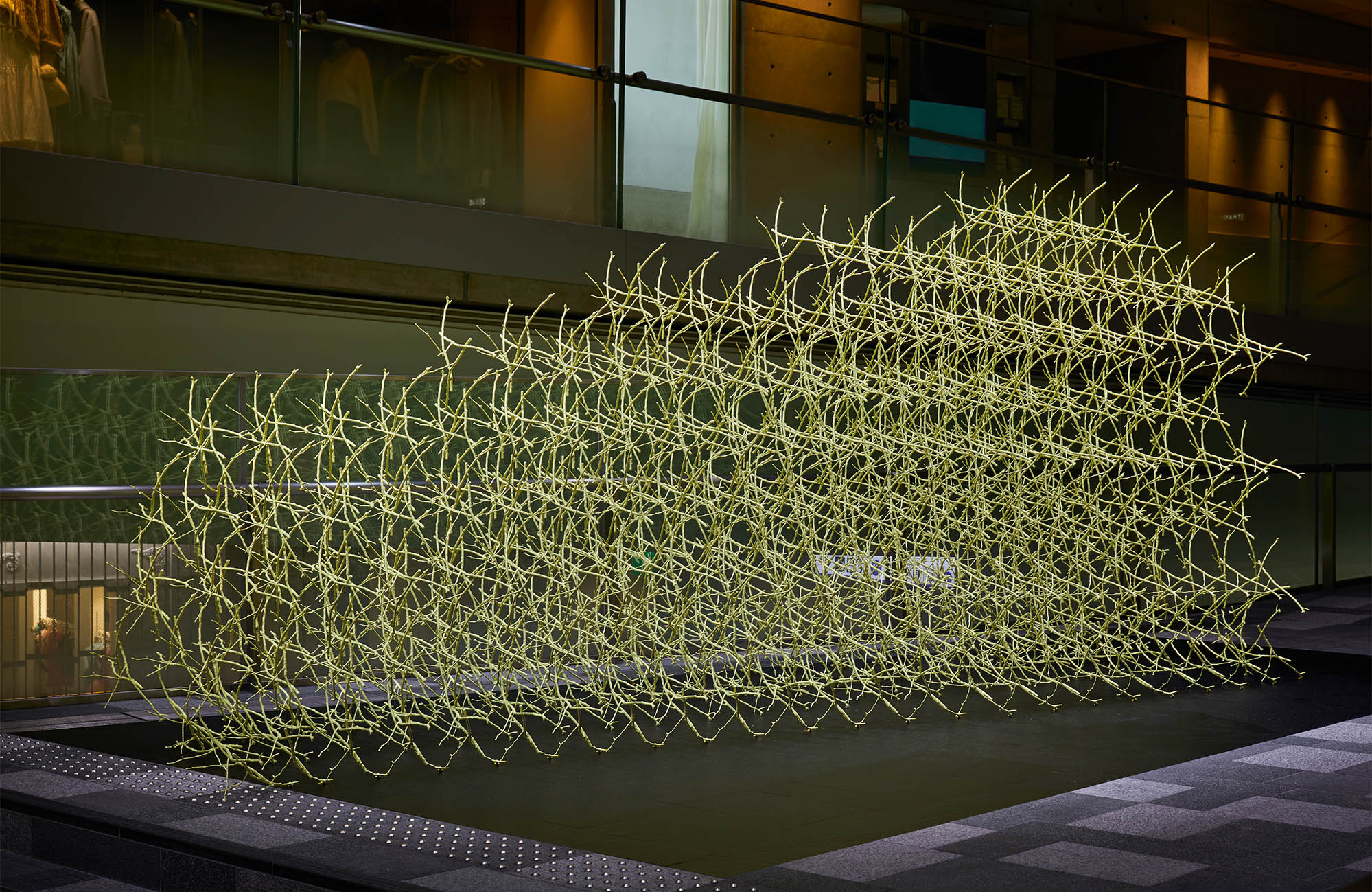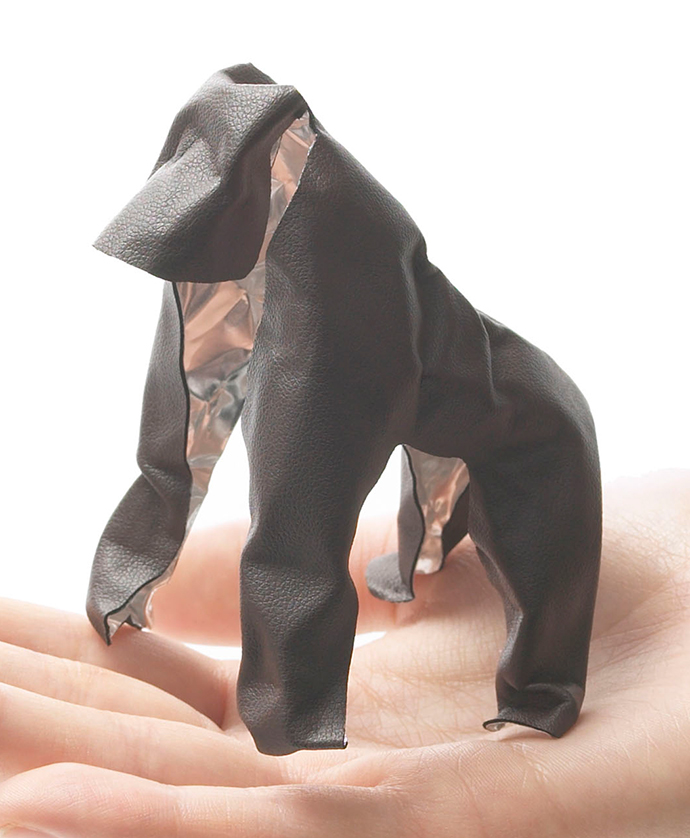ENSHUNADA REPLICA
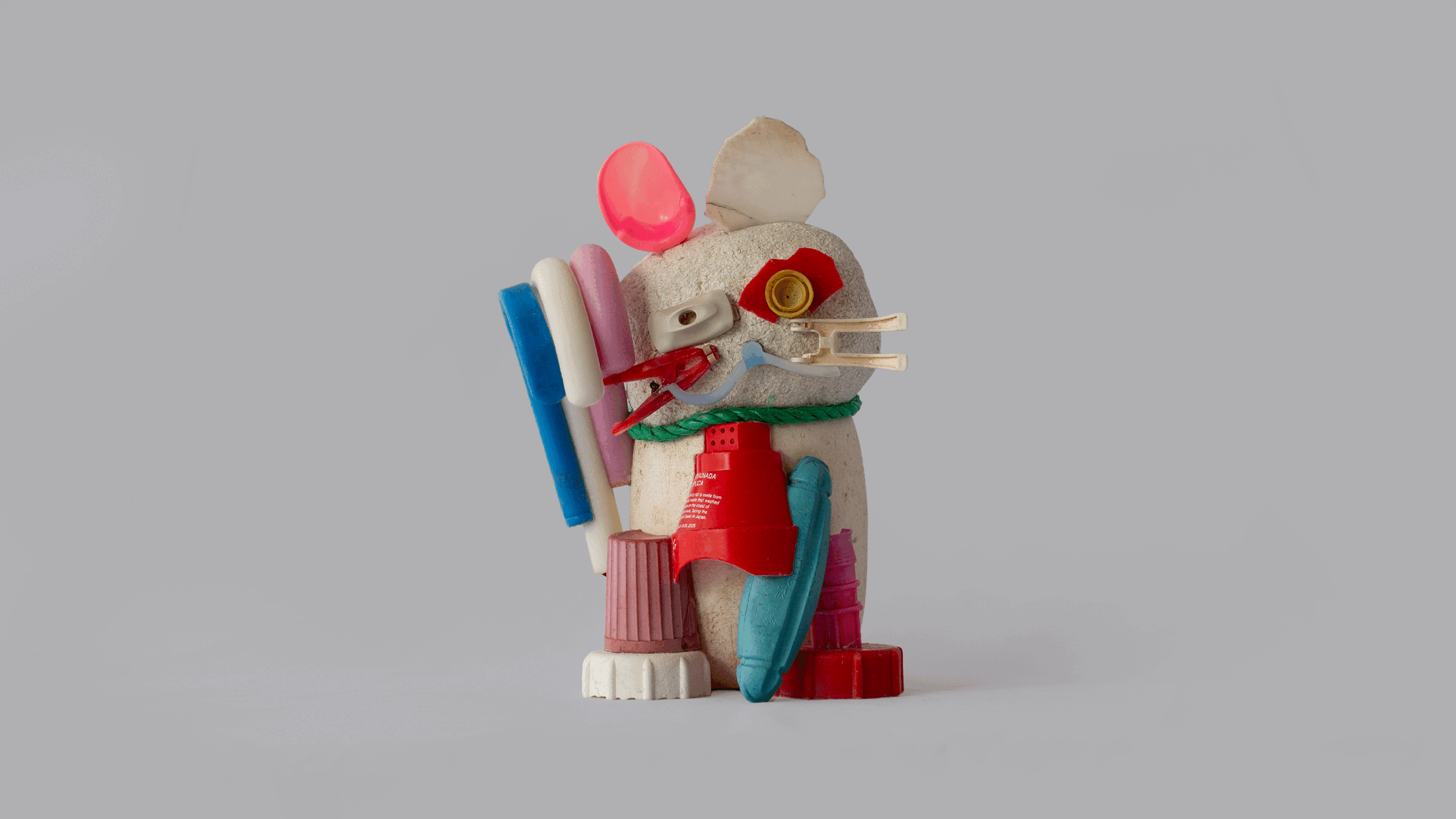
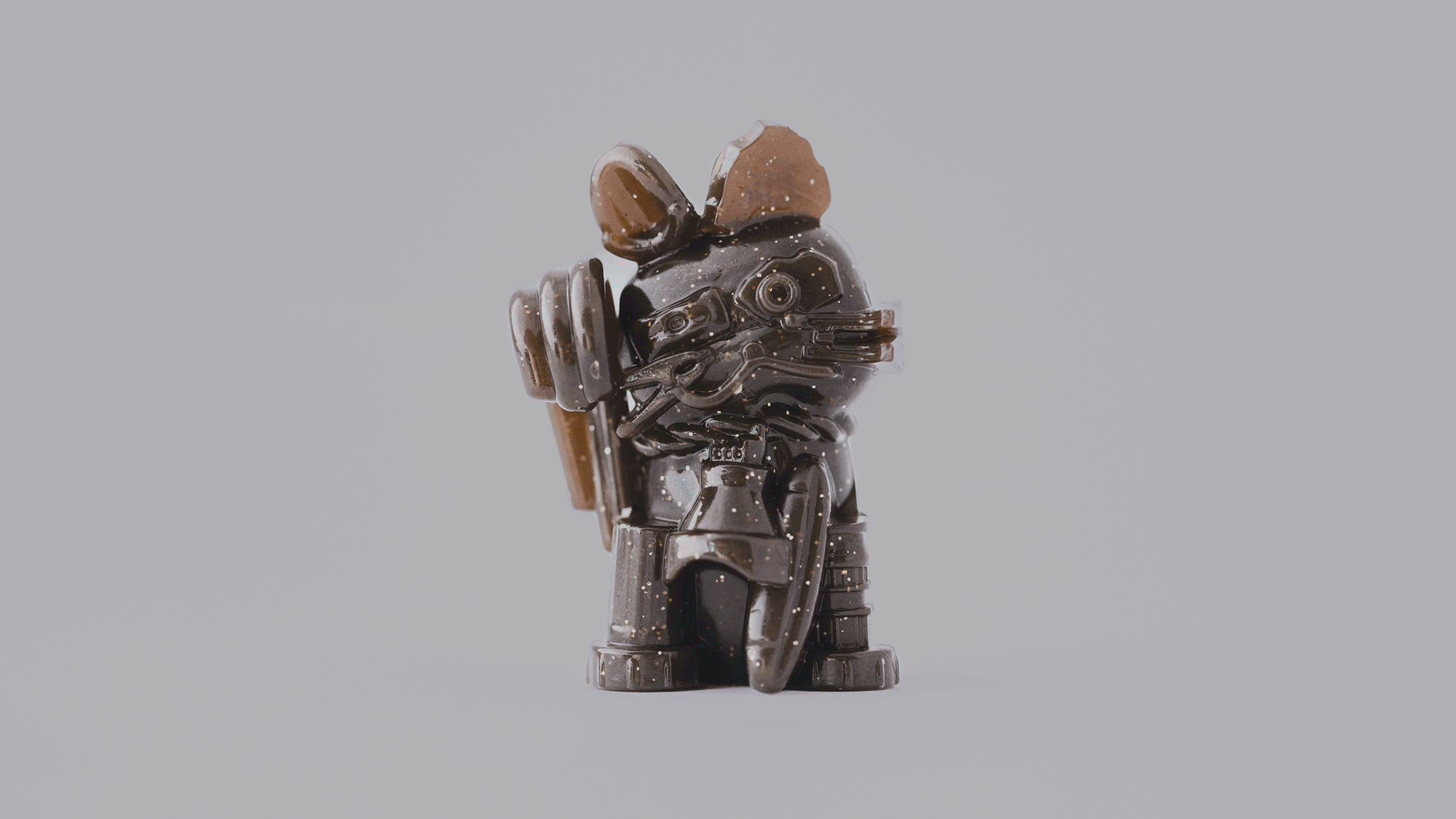
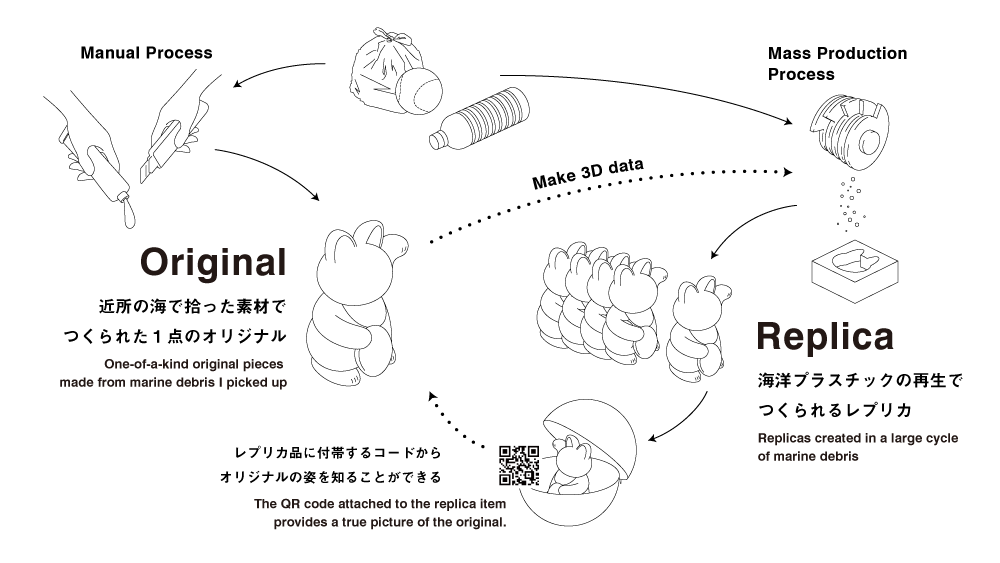
台湾と日本のデザイナー間の交流と、海洋廃棄物の再利用に関するメッセージ発信を目的に、両国のデザイナー10組が、海洋廃棄物のプラスチックを原料にした招き猫のカプセルトイをデザインした。 この企画の使用素材が、「海洋プラスチック」であると聞いたとき、私たちはその言葉を知っていても、その具体的な姿を知らないことに気づいた。形、重さ、手触り、匂い、どのくらいの量がどこに存在しているのか?そうした実感がない。これはサステナブル素材にまつわる課題の一つである。再生マテリアルは生活者から遠く離れたところで採集され、加工され、流通し、最終的に私たちの手元に届く。しかし、このプロセスと私たちの関係は断片的でどこかリアリティが欠如している。必要なのは、海洋プラスチックという素材と、自分の暮らしとが、何かを介しながらも「確かに接続している」という実感である。そして、その実感は本物の海にしかない。
With the aim of promoting exchange between Taiwanese and Japanese designers and raising awareness about the reuse of marine waste, ten designers from Taiwan and Japan designed capsule toys in the shape of maneki-neko (beckoning cats) using plastic from marine waste.
When we heard that the material used for this project was “marine plastic,” we realized that although we knew the term, we had no concrete understanding of what it actually looked like. What shape does it take? How heavy is it? What does it feel like? What does it smell like? How much of it exists, and where? We had no real sense of these things. We considered this to be one of the issues with sustainable materials. Recycled materials are collected, processed, and distributed far from the lives of individual consumers, and ultimately reach our hands, but the connection between this process and our lives feels fragmented and lacking in reality. What is needed is a sense of connection between marine plastic as a material and our daily lives, even if mediated by something else. And that sense of connection can only be found in the real ocean.
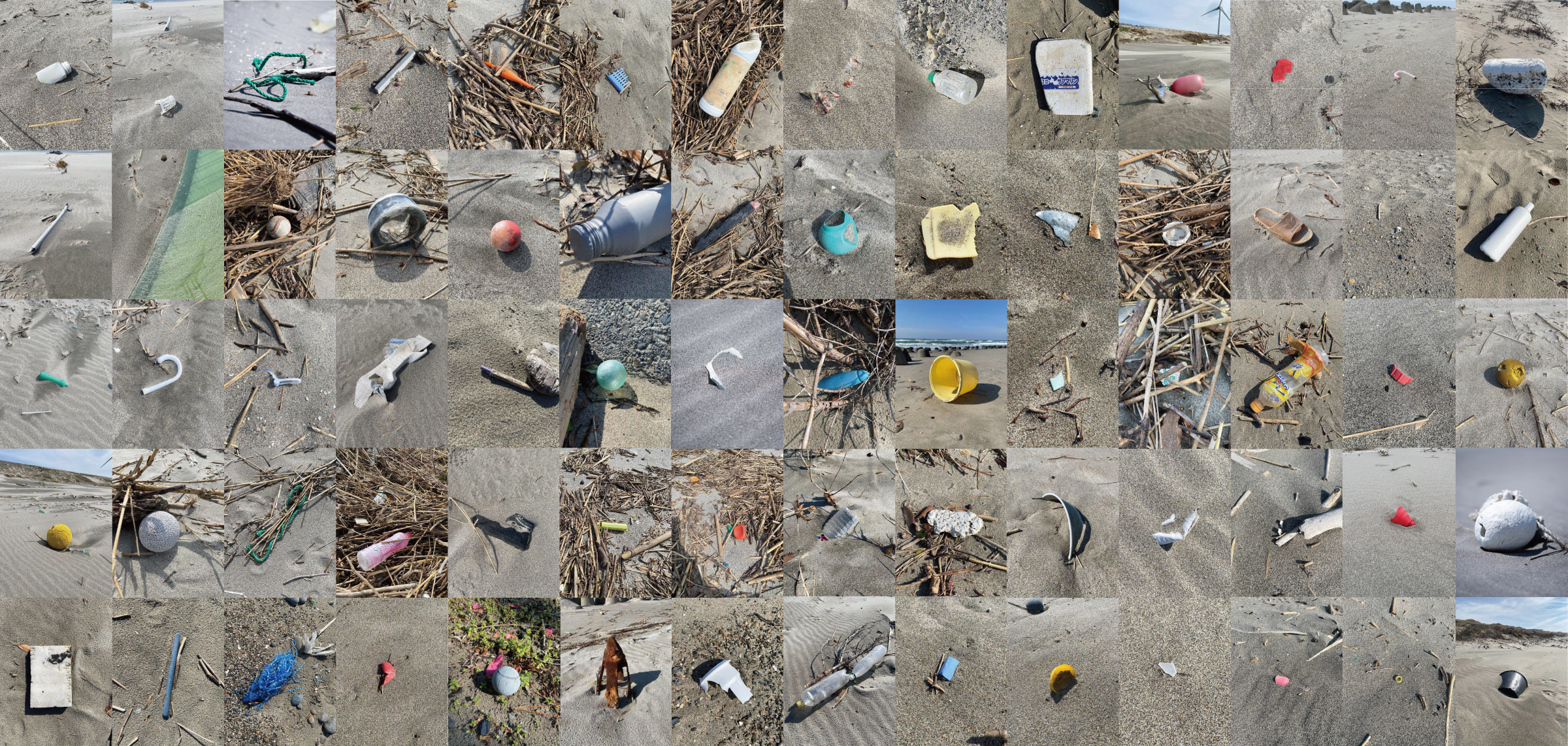
今回、私たちは「招き猫」を、「海洋プラスチックの実感を得るためのモチーフ」と位置付けた。生活圏内にある身近な海岸(遠州灘)を歩き、そこに漂着した様々なプラスチックを拾い集め、それらを材料にして、招き猫の“オリジナル”を制作した。出来上がった全高約300mmの招き猫は、全ての部位が、私たちが偶然拾い集めたプラスチック素材で構成されている。さらに、それをデジタルデータ化し、型を制作。海洋ごみである発泡スチロールを100%再利用した再生プラスチックを用いて複製し、カプセルトイとして流通させる。これら流通する招き猫は、言わば、私たちが実際に手に取って実感した、現実の世界に存在する海洋プラスチックの“レプリカ”と言える。
カプセルトイという量産の手法を通じて、多くの人に私たちにとっての海洋プラスチックへの「実感」を拡散する。これは、ステレオタイプ化された“サステナブルマテリアル”への実感の欠如を社会に問いかけ、意識化させる試みでもある。
This time, we viewed the “maneki-neko” as a motif to gain a sense of ocean plastic. We walked along the nearby coast (Enshu-nada) within our living area, collected various plastics that had washed ashore, and used them as materials to create an “original” maneki-neko. The completed maneki-neko, approximately 300mm in height, is made entirely from plastic materials that we happened to collect. We then digitized it, created a mold, and replicated it using recycled plastic made from 100% reused polystyrene foam, which is marine debris. The replicas are distributed as capsule toys. The Maneki Neko distributed in this way can be said to be a “replica” of the drifted plastic debris that actually exists in this world and that we have experienced firsthand.
Using mass production methods such as capsule toys, we aim to spread awareness of marine plastic pollution to as many people as possible. This is also an attempt to raise social awareness of the lack of awareness surrounding stereotypical “sustainable materials.”
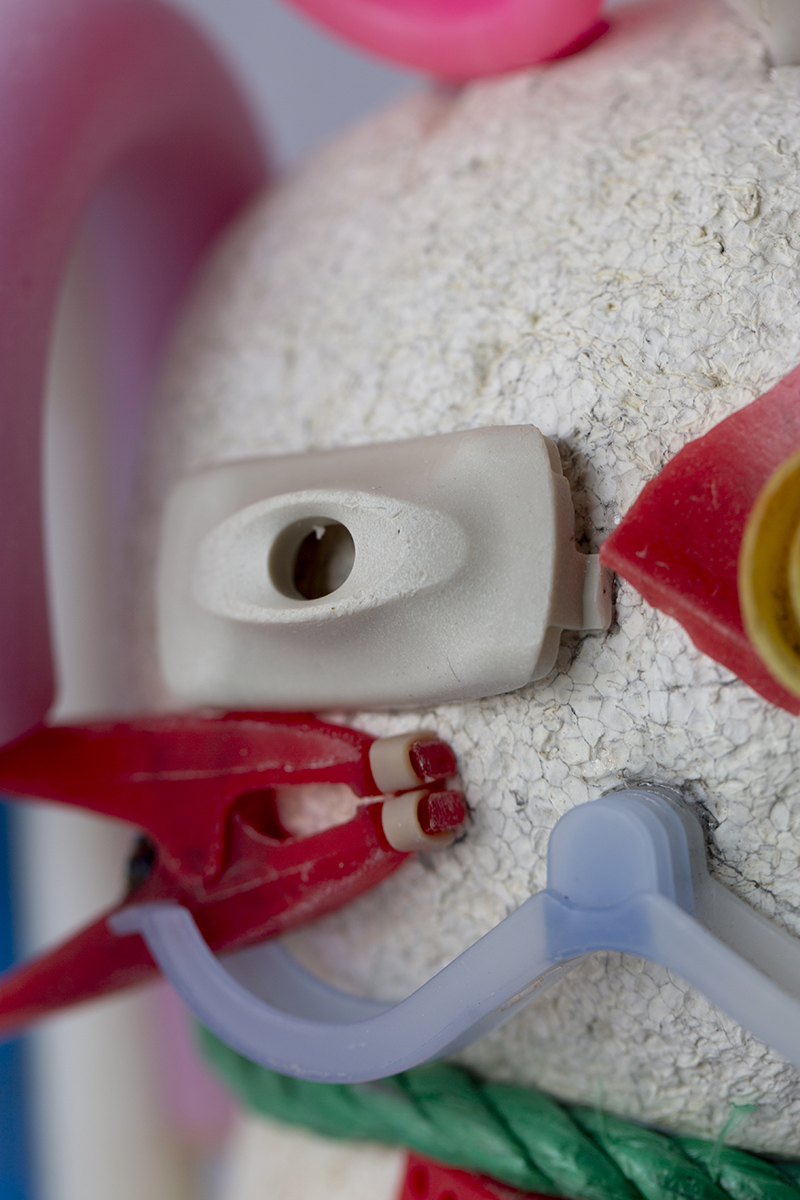
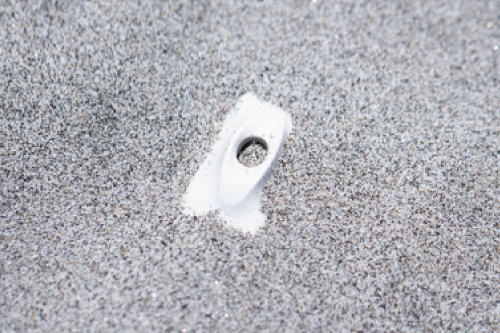
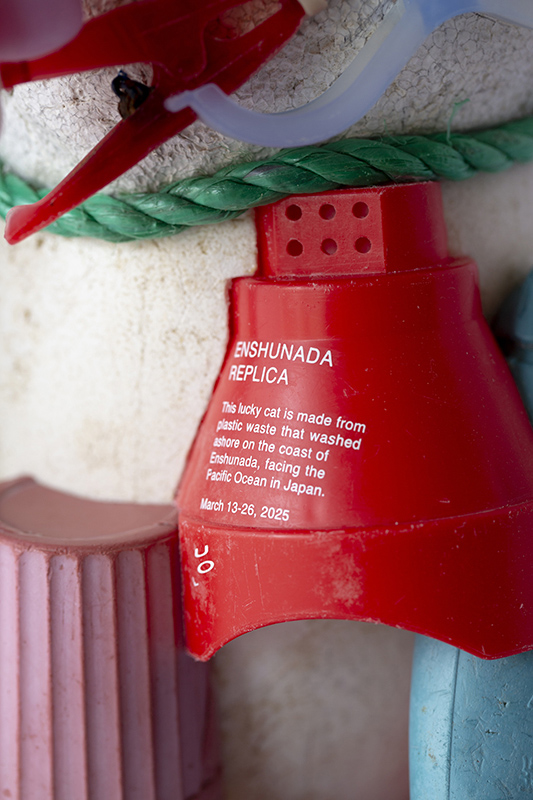
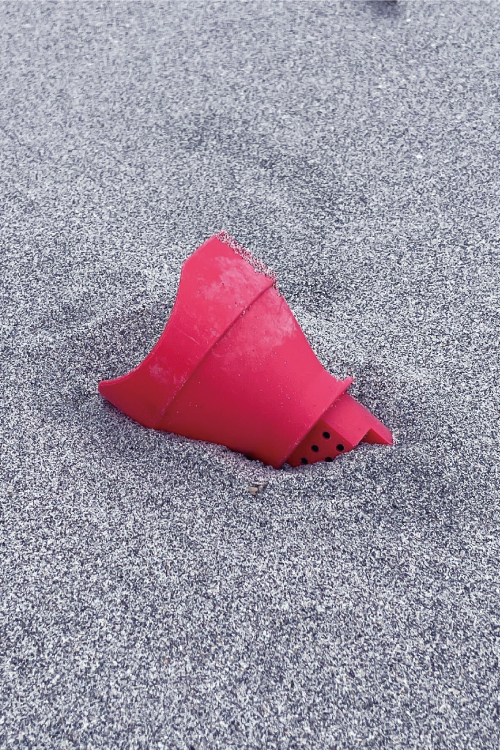

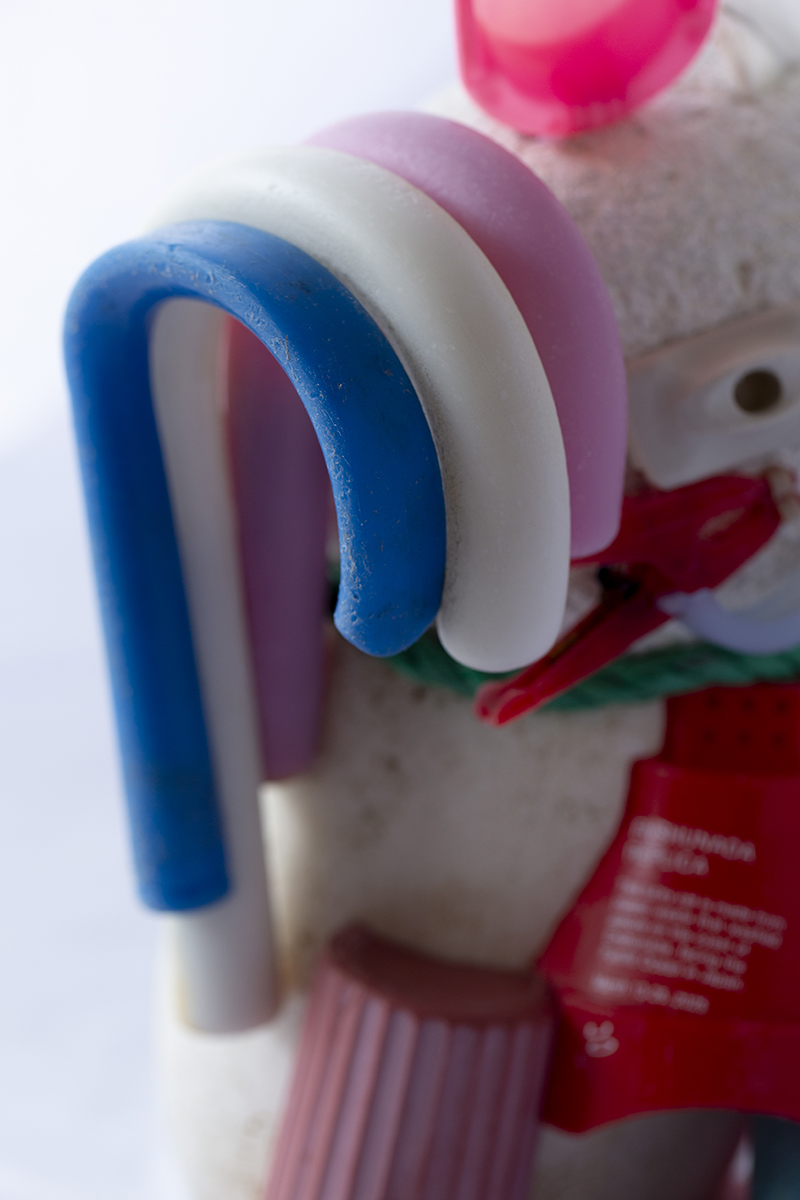
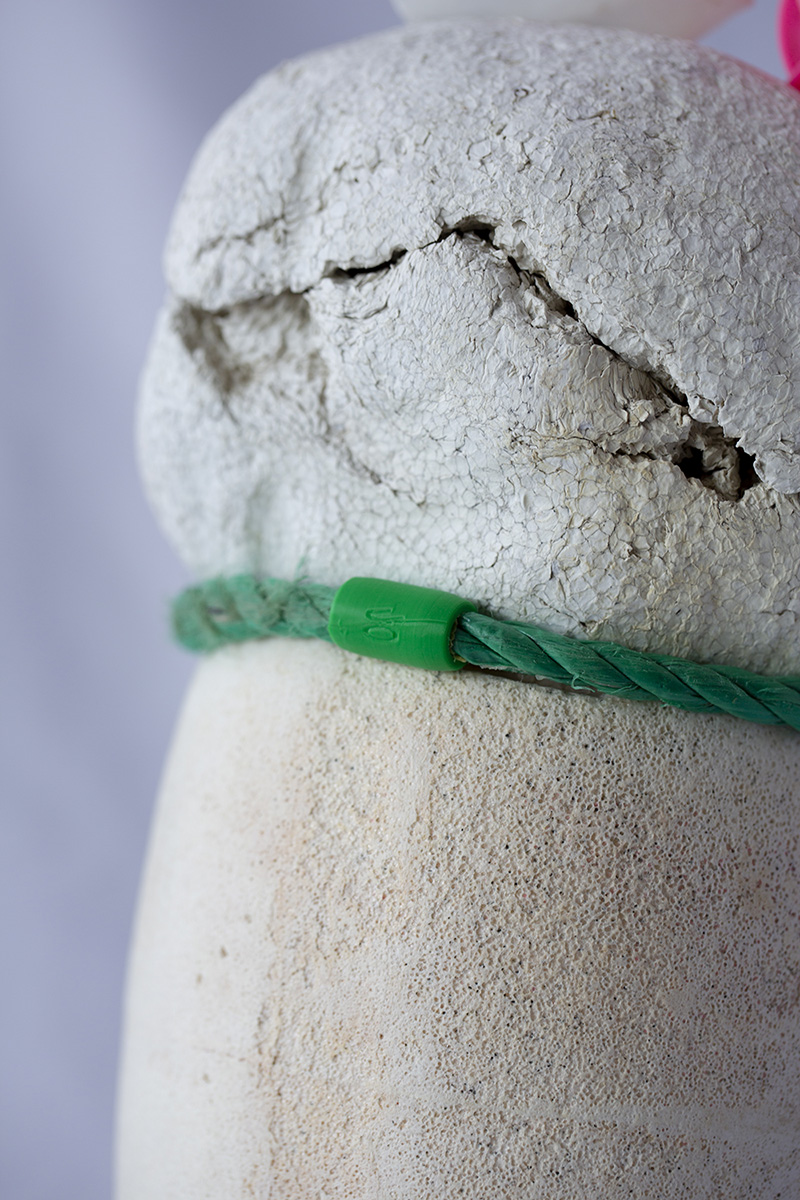
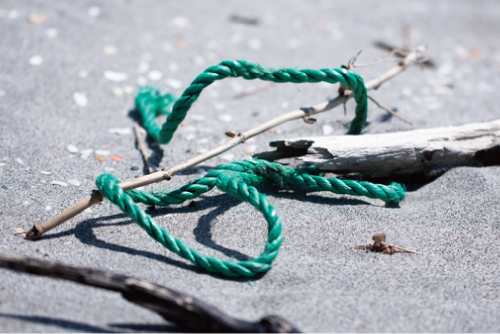
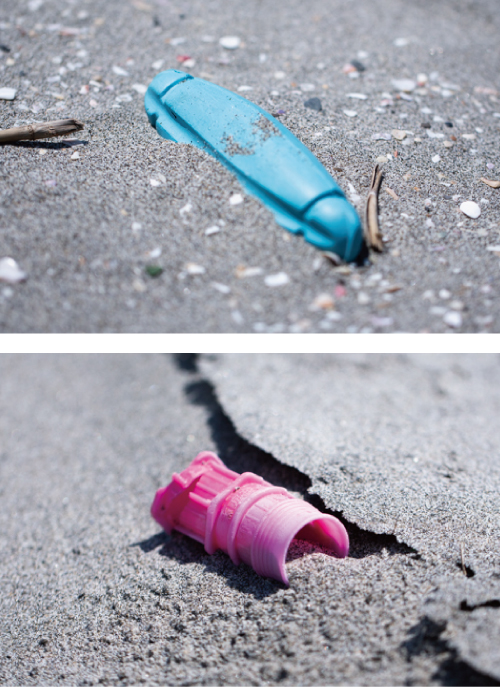
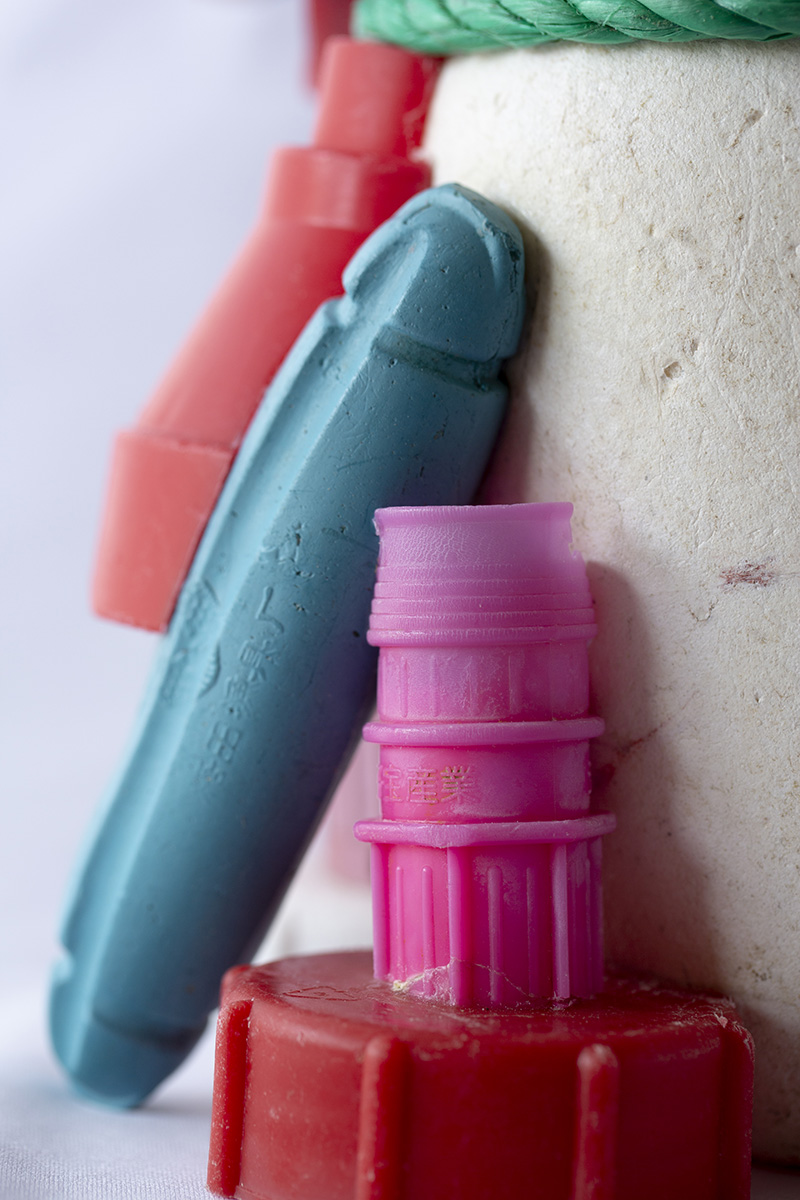




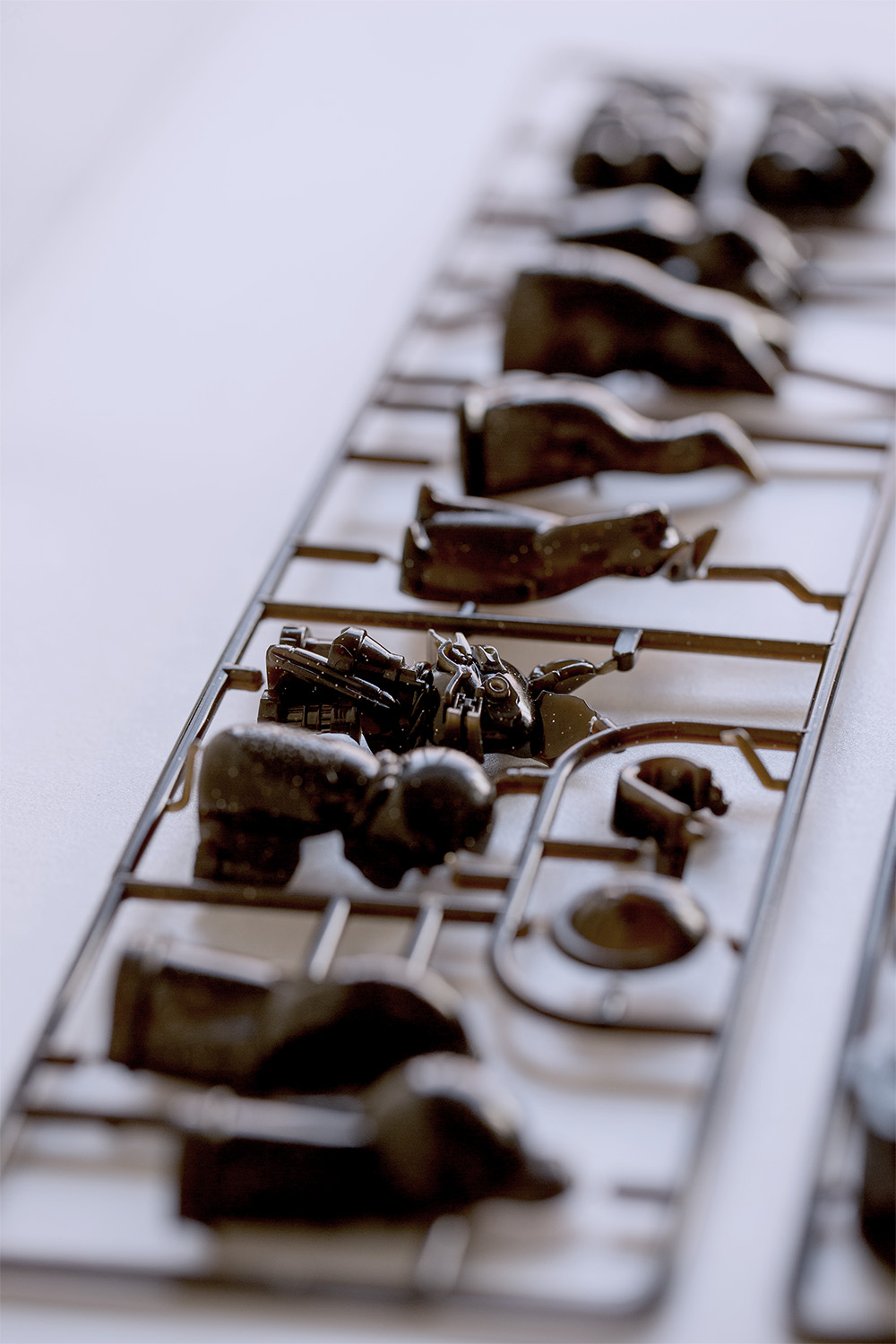
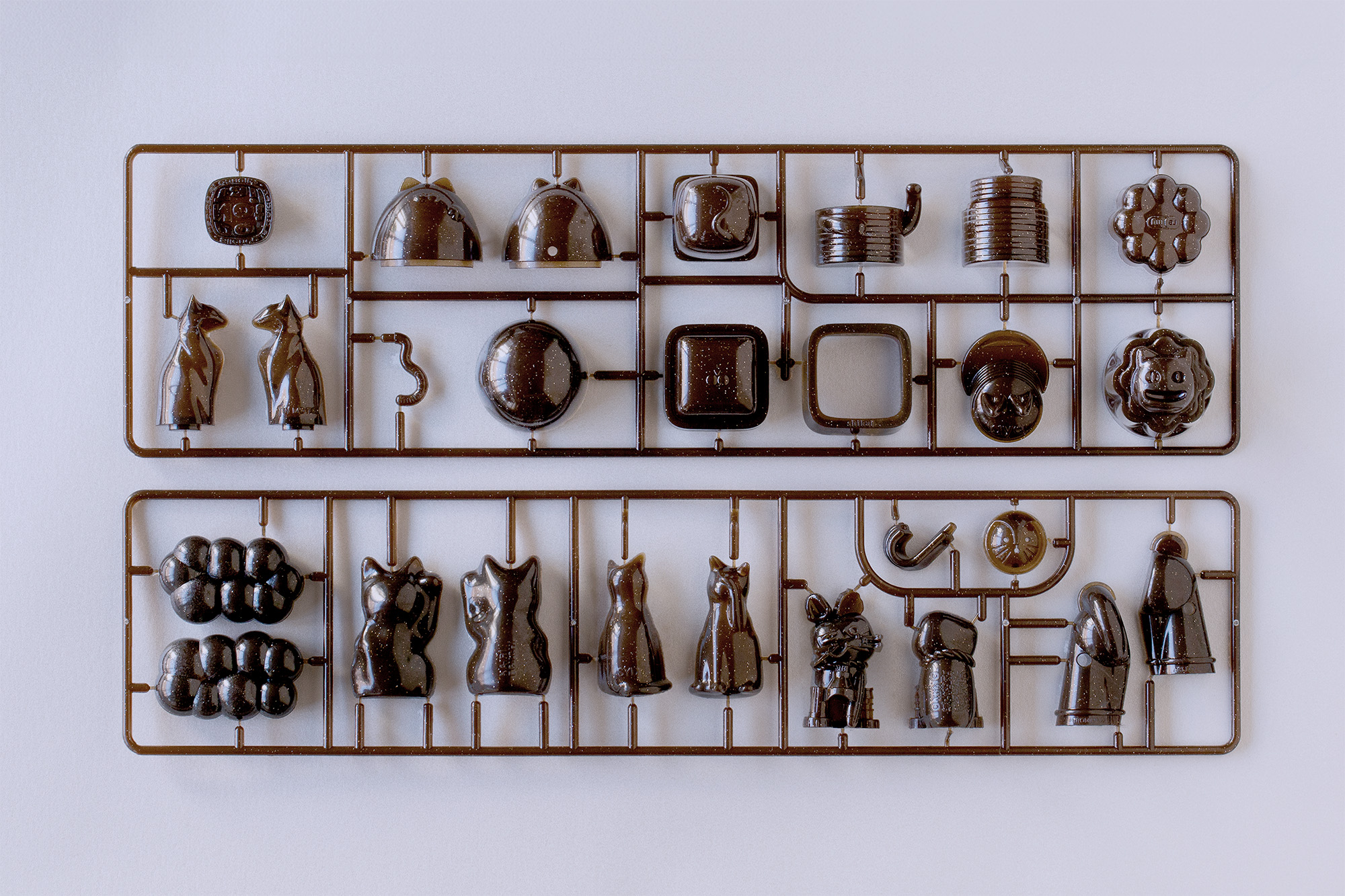

[RE:TWIST]
台湾と日本のデザイナー間の交流と海洋廃棄物の再利用に関するメッセージ発信を目的としたプロジェクト。台湾と日本のデザイナー10人が、海洋廃棄物のプラスチックを使った招き猫のカプセルトイをデザインした。
[RE:TWIST]
Ten designers from Taiwan and Japan designed capsule toys featuring maneki-neko cats made from plastic marine debris.
This project aims to promote exchange between Taiwanese and Japanese designers and spread the message of marine debris reuse.
[Designer]
Lance Han
SHIKAI Tweng
Yen Po-Chun
Yen-An Chen
Shawn Lee
南大成 (Hironari Minami)
太刀川英輔 (Eisuke Tachikawa / NOSIGNER)
吉田真也 (Shinya Yoshida)
江口海里 (Kairi Eguchi)
UO (Yu Matsuda,Yuichiro Tani)
©️2020 - 2025 UO
